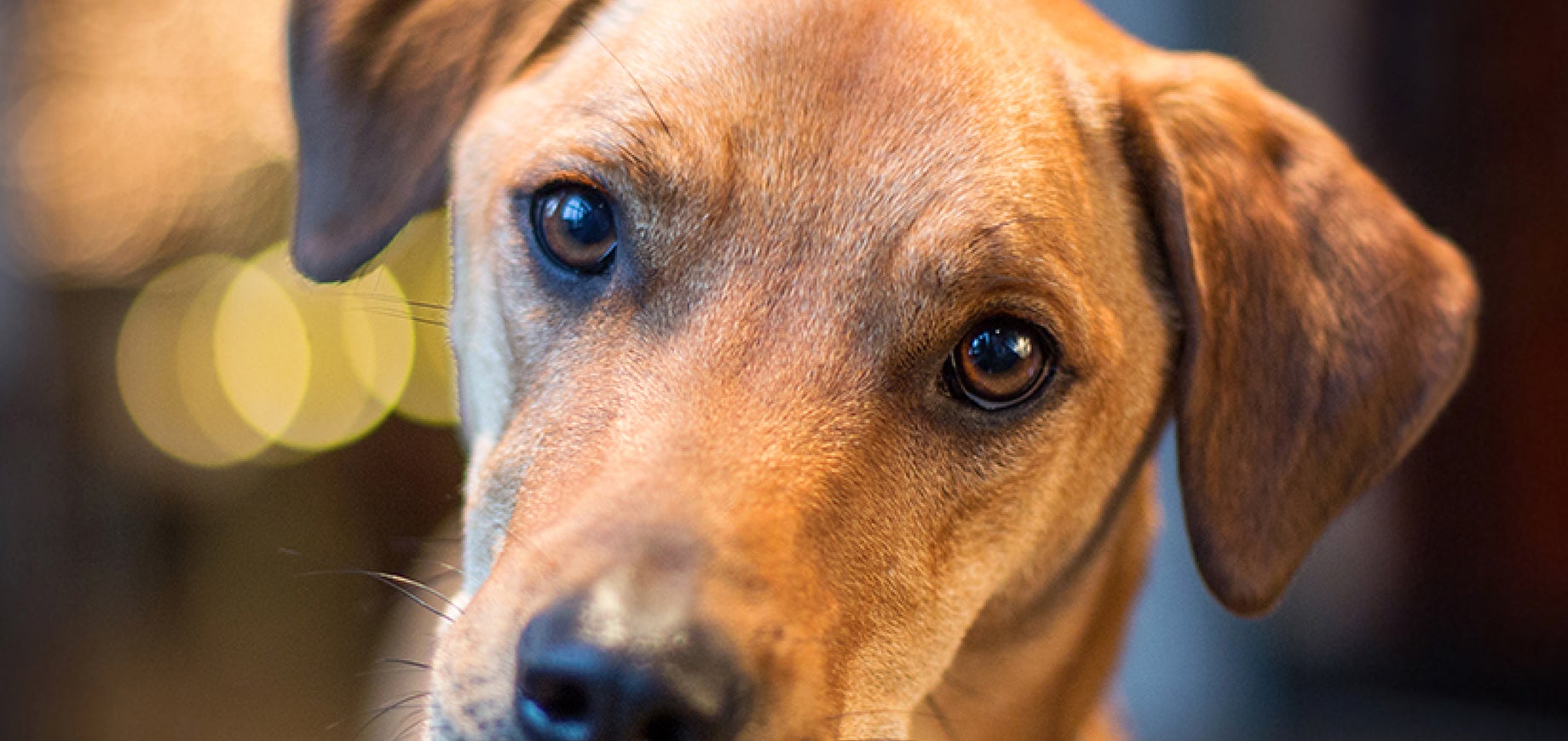Find products that match your dog’s needs

Separation anxiety is one of the most common issues pet parents experience with their dogs. It generally happens if your pooch is hyper attached to you. And signs of separation anxiety become evident only when you start leaving your dog alone. It can get stressed about not having you – the pack leader – around. As a caregiver, you must learn as much as you can about separation anxiety in dogs, especially because your furry friend might feel traumatised every time you leave it alone.
Separation anxiety can manifest in several forms. Thus, identifying separation anxiety can be a tad difficult. However, fret not and read further. This section covers the common symptoms of separation anxiety in dogs. However, you must note that the below points can be considered as a sign of separation anxiety only if your dog engages in them in your absence. If it engages in these behaviours or symptoms even in your presence, you might have to meet a vet or a professional dog trainer.
Along with the aforementioned examples, there are various other signs of separation anxiety in dogs. And these include loss of appetite, excessive drooling, and coprophagia (excreting and then eating it). They might also engage in attention-seeking behaviours right before your departure or after the reunion.
Though a lot of dogs develop separation anxiety, there is no conclusive evidence on its cause. However, this disorder is commonly seen in dogs that are adopted from shelters. Dogs who have lived in the same family since their puppyhood generally do not show any sign of separation anxiety. It stems from the fear of being thrown out from the pack because these poor babies from animal shelters have already lost their caretaker once.
As a dog parent, you must know that there are multiple other life experiences that can lead to separation anxiety. So, let’s explore the causes of separation anxiety (apart from being surrendered to an animal shelter or given to a new guardian):
While separation anxiety is a serious issue for both the dog and pet parent, it is nowhere similar to other health issues. Yes. Dogs show certain signs of illnesses like dog vomiting, diarrhea, shivering, etc. But, these symptoms are only seen when the dog is left alone. Once you are back and around, it will look happy and healthy. Hence, it is imperative to observe your pooch constantly and rule out any medical conditions. Certain medications can also lead to frequent urination, so check with your veterinarian to confirm the cause of your dog’s behaviour.
You must take a holistic approach while treating separation anxiety in dogs. While it should normalise the alone time for your furry friend, it must also address the underlying cause. So, here are a few ways of curing separation anxiety in dogs:
If your pooch shows mild symptoms of separation anxiety, counter conditioning might alleviate the condition. This will help you change your dog’s fearful and restless reaction to a relaxed and calm one. However, your pawfect pal has to associate alone time with good experiences. Hence, every time you leave your dog alone, give it a puzzle toy with food. It will keep your pet engaged for at least 20 to 30 minutes. Moreover, you must avoid warm greetings to keep your comings and goings a tad low-key. In fact, once you get home, try to ignore your fur baby for a few minutes. It can be heart wrenching to not comfort your pet with a warm hug, but it is necessary for its overall well-being.
Note: This treatment will only work on mild cases of separation anxiety as highly anxious dogs will not eat anything in their pet parent’s absence.
If your dog shows moderate or serious symptoms of separation anxiety, you might have to adopt complex desensitisation and counterconditioning tactics. With this approach, you help your dog get accustomed to being alone. However, the trick is to start small. To begin with, you will start leaving your dog alone for a couple of minutes and come back. You can slowly increase the duration of the separation time over a span of several weeks. Moreover, the effects of this treatment needs to be evaluated based on the dog’s reaction and comfort; hence, you will need a professional dog trainer's help.
Socialising and training your pooch to stay alone from an early age is one of the best ways to keep separation anxiety at bay. Expose your pet to a multitude of sounds, sights, scents, things, and experiences to help it grow into a confident dog. However, make sure that these dog training and socialising sessions are fun and exciting. If your fur baby shows any kind of discomfort, pause the training and resume later. Adopt positive reinforcement methods to ensure that your puppy is happy and healthy.
There are multiple approaches that people take to treat separation anxiety in dogs. However, certain tricks are an absolute no-no. Let’s explore them in brief:
This article covers everything you need to know about separation anxiety in dogs. However, if you need additional support to treat your pet’s condition, reach out to a certified behaviourist. They can help you address the root cause of your pet's anxiety by observing it and evaluating the measures you take to resolve the issue.
In most cases, dogs do not get over separation anxiety automatically. As a dog parent, you have to address the root cause to help your pooch cope with it.
The time taken to break a dog from its separation anxiety depends on multiple factors like severity and the steps you take to treat the issue. Moreover, it can differ from dog to dog. However, with consistent training, your pooch might get over the anxiety in six months.
Dogs, in general, have a tendency to feel lonely. Moreover, dogs with separation anxiety feel distressed, which can leave them feeling lonely.

Find a PEDIGREE® stockist
near you!
Buy online
Click to buy from any of the retailers below

